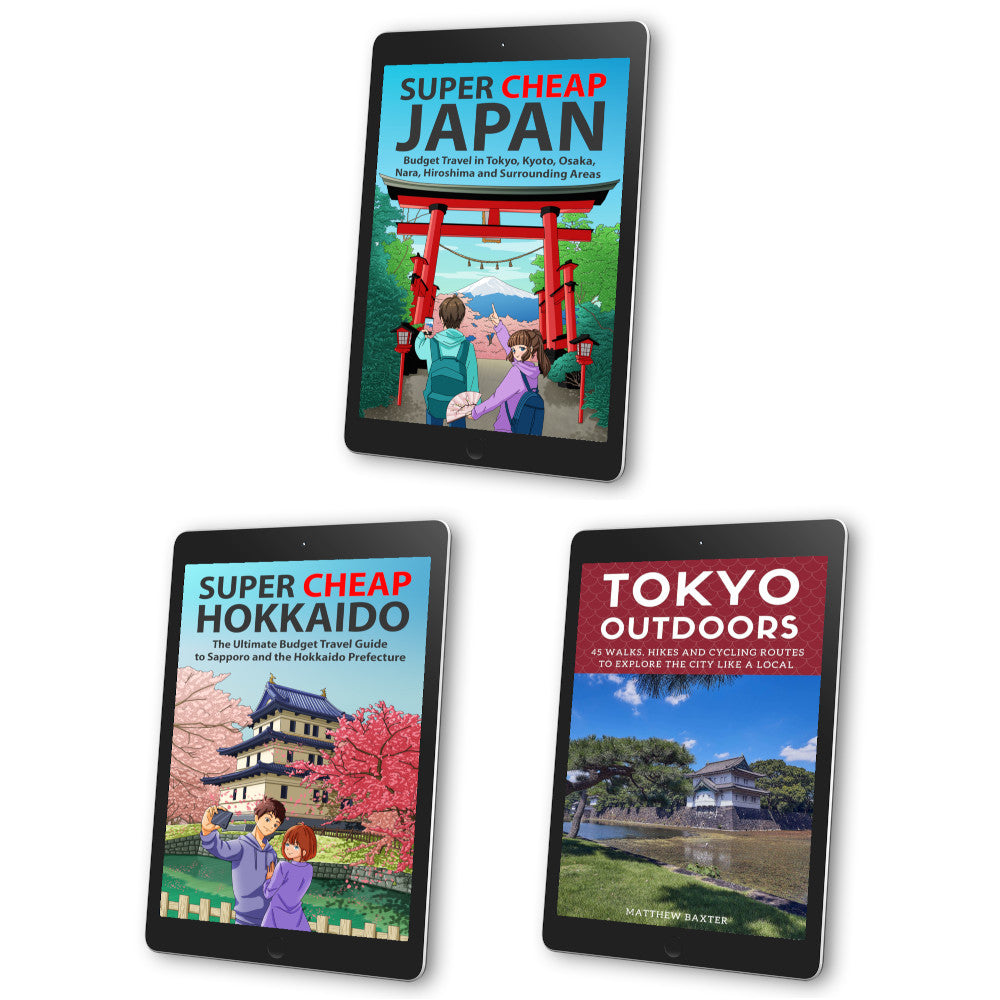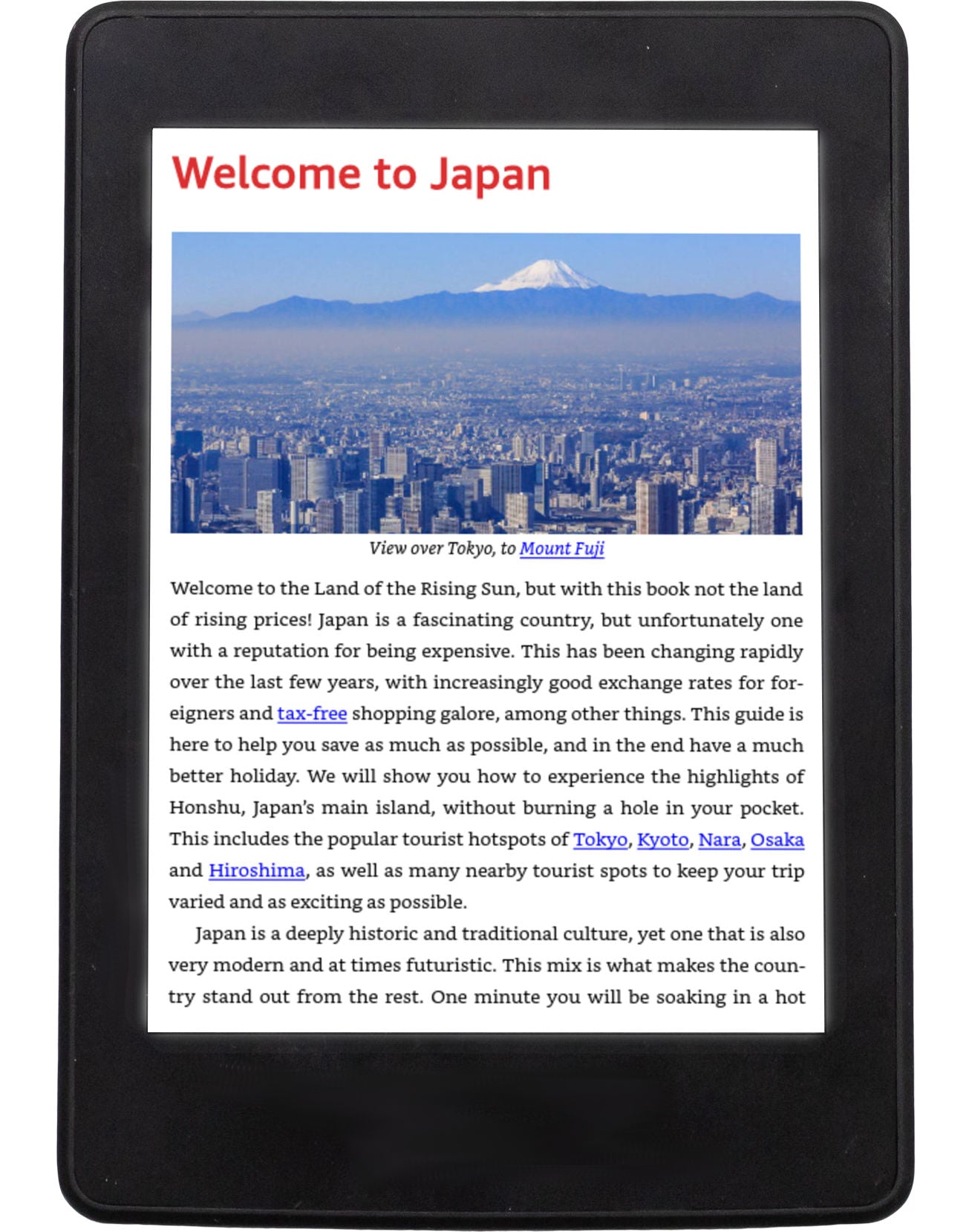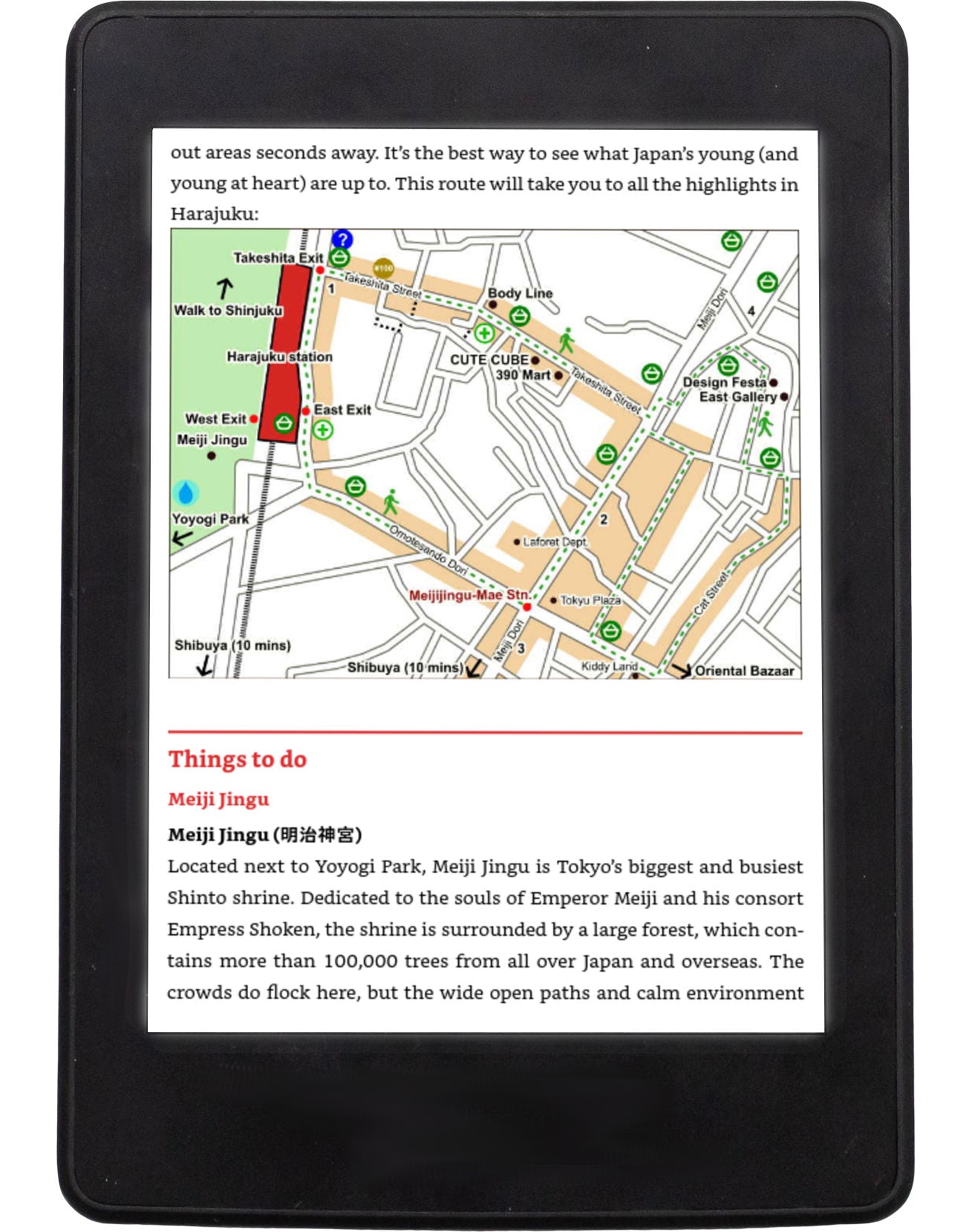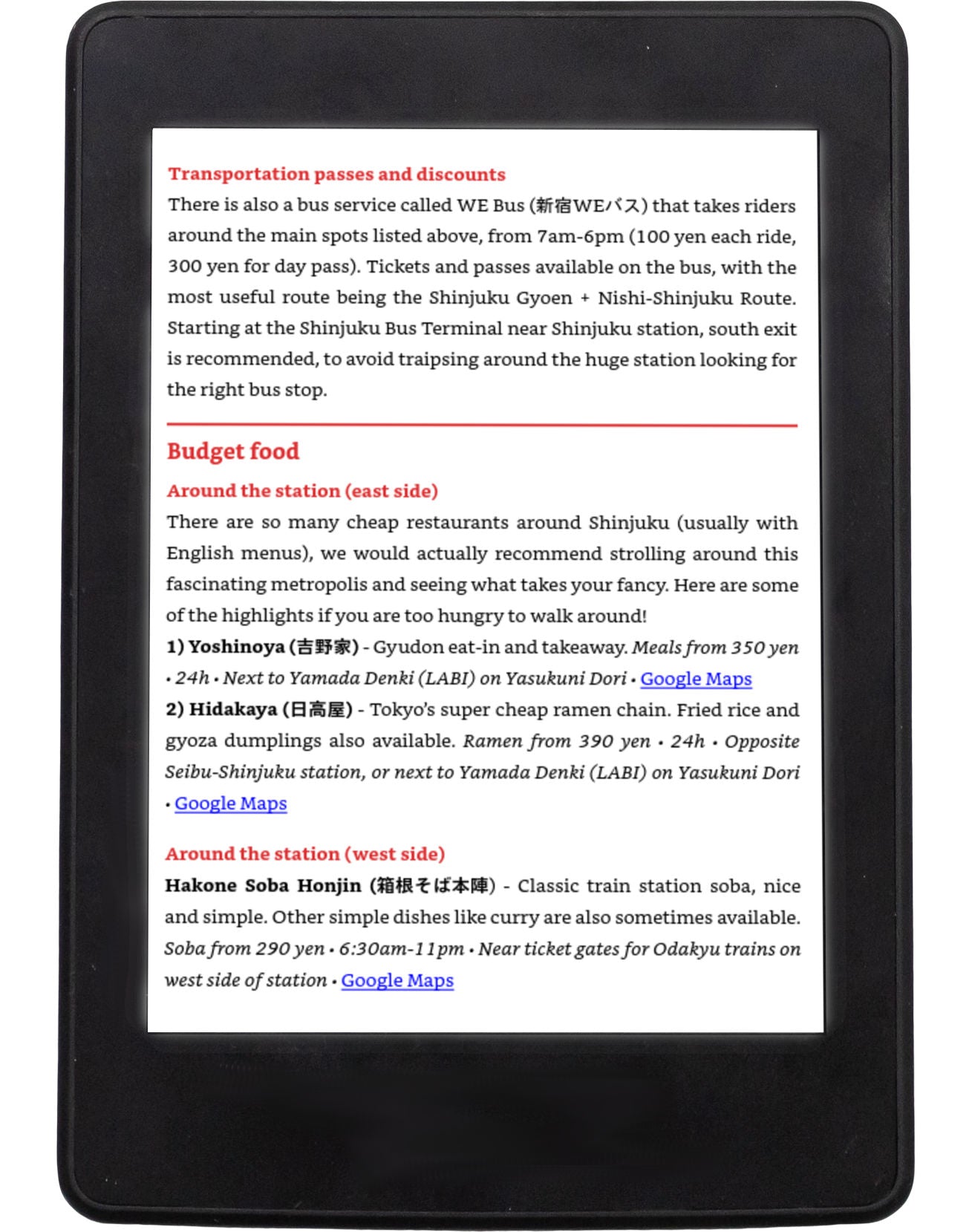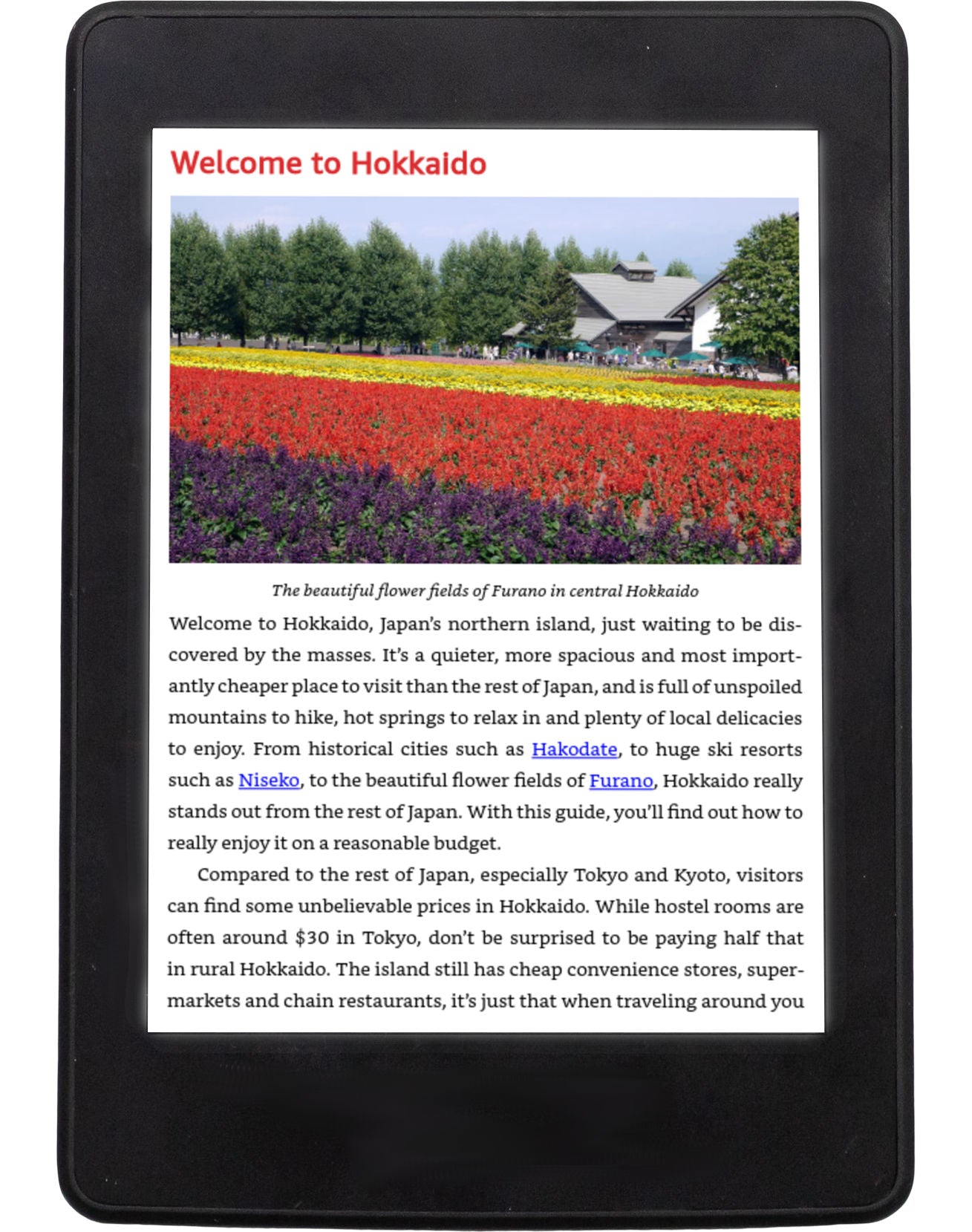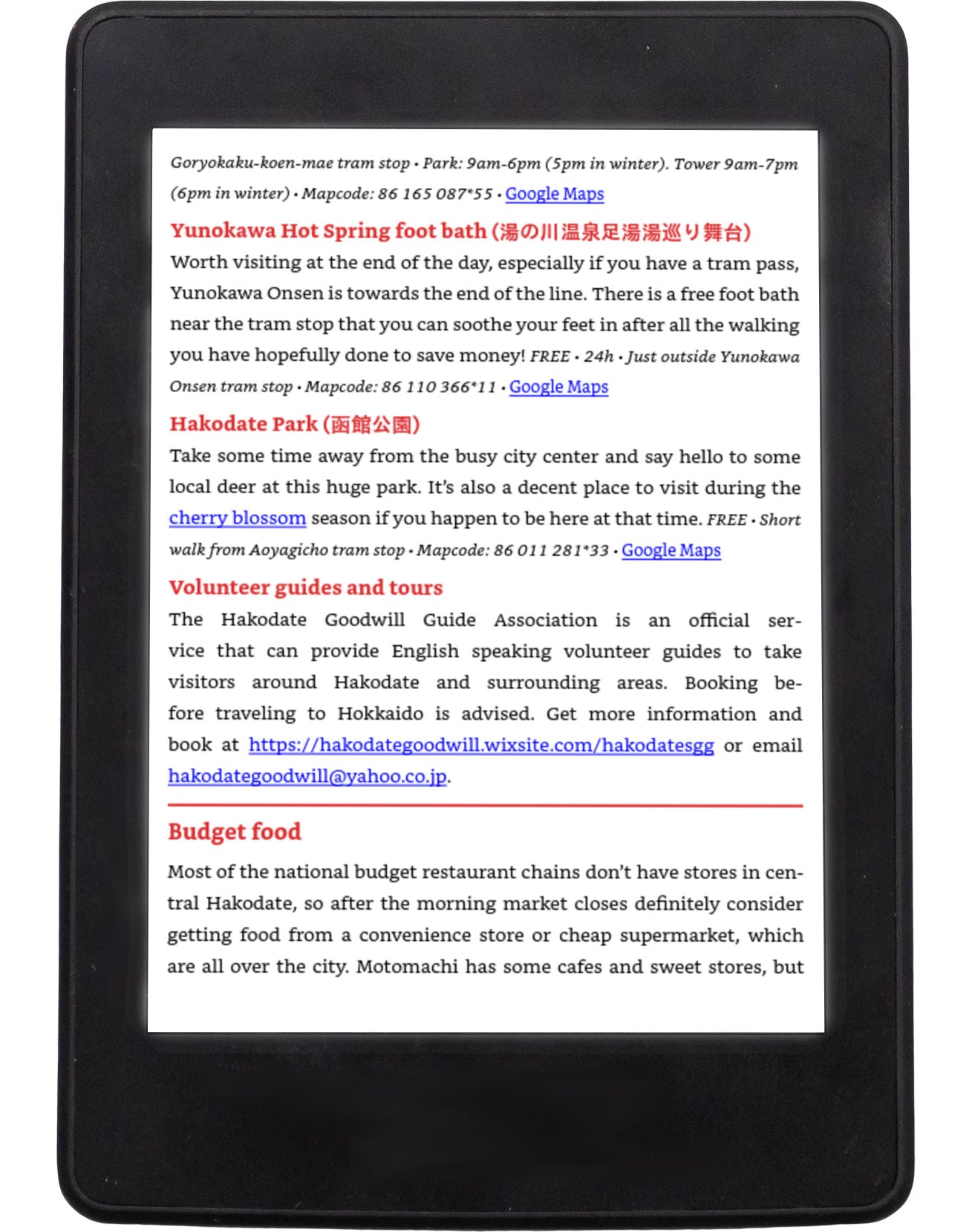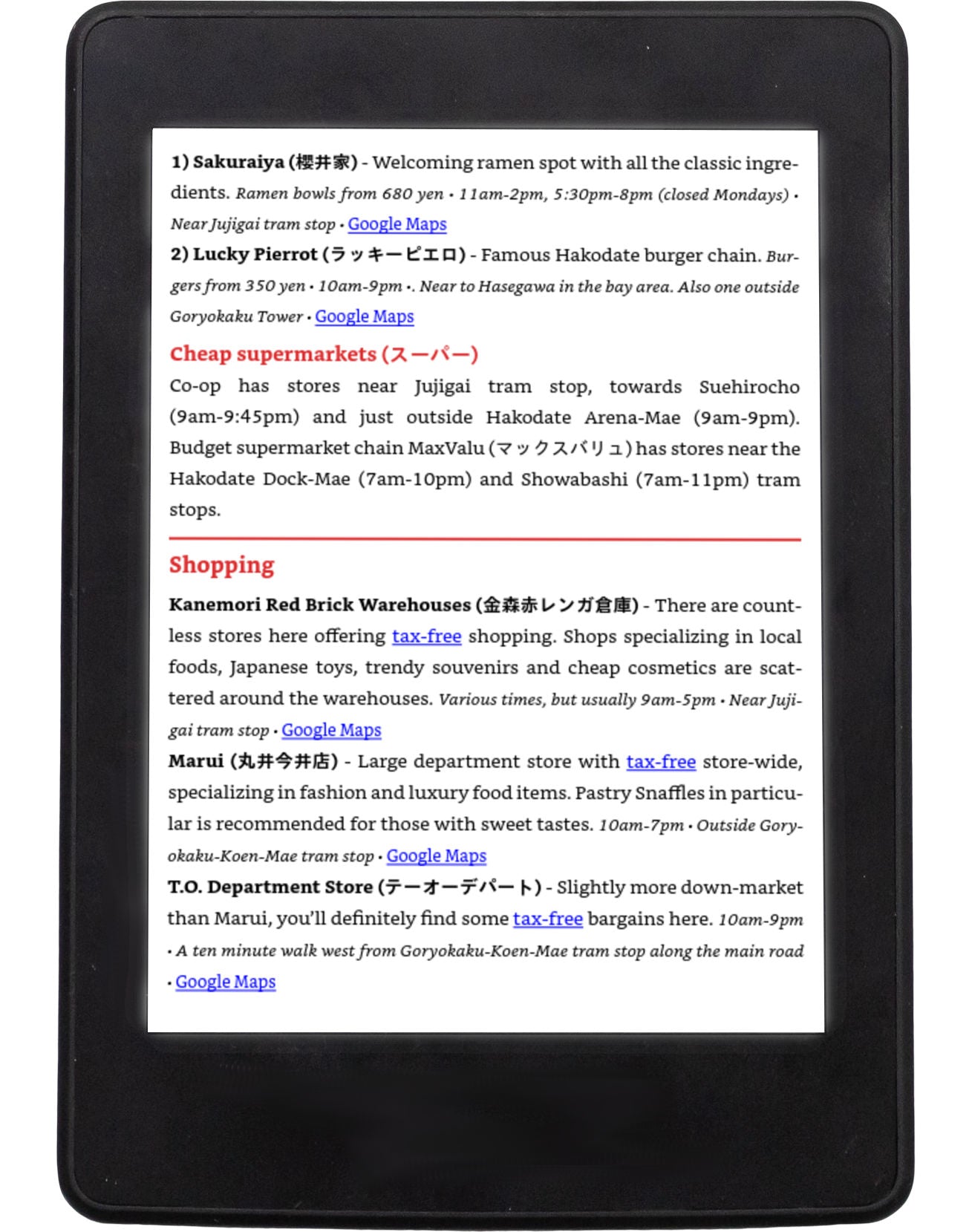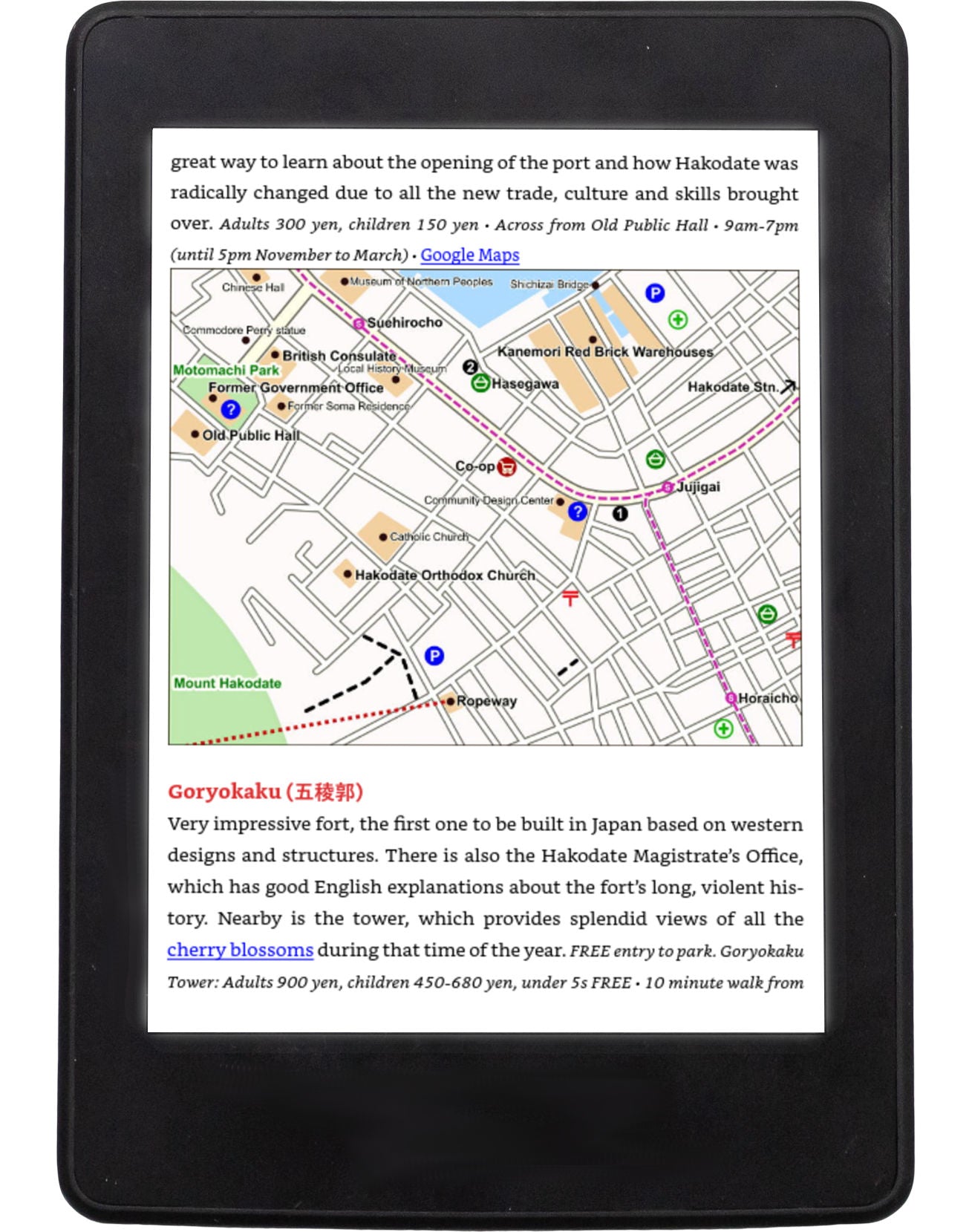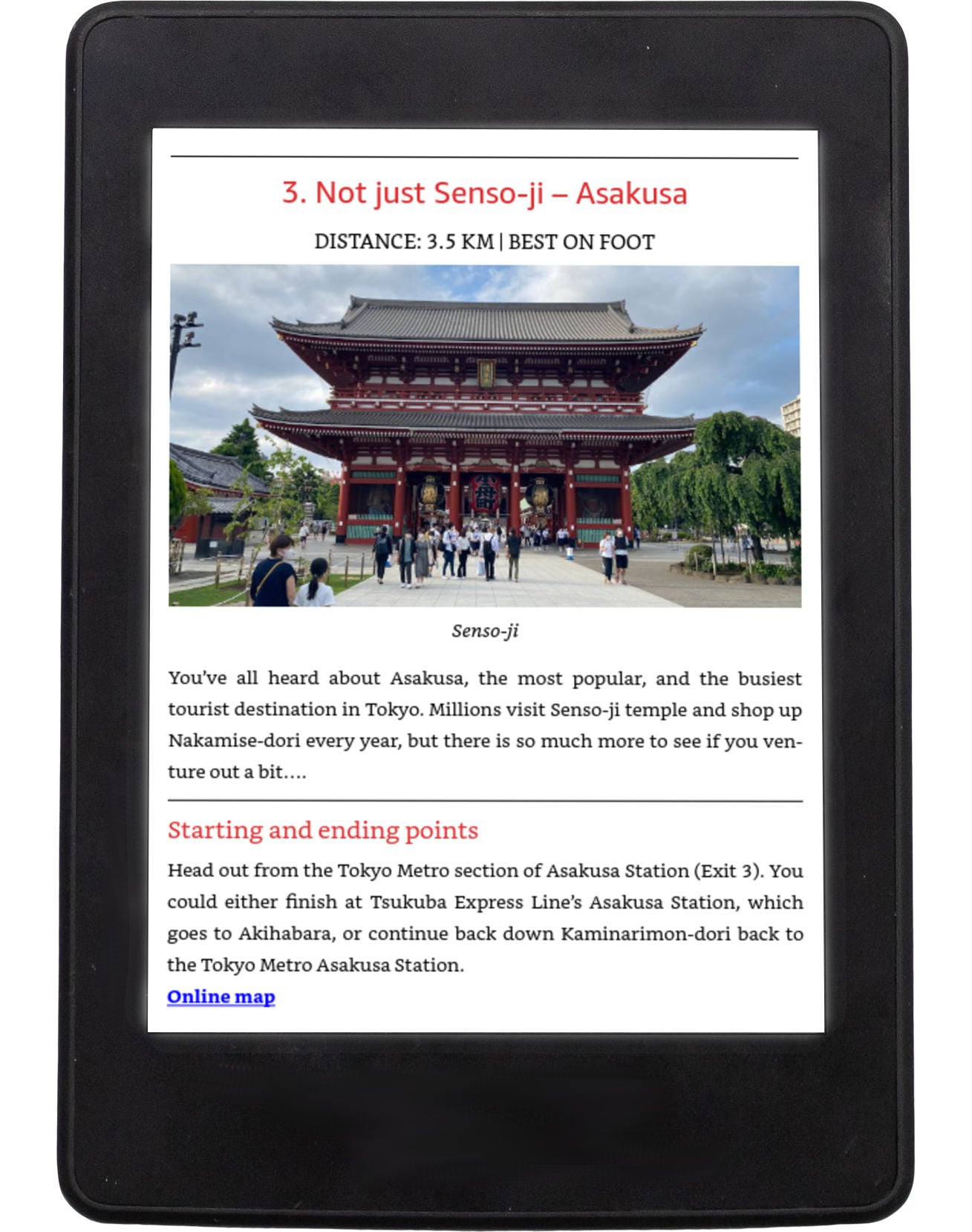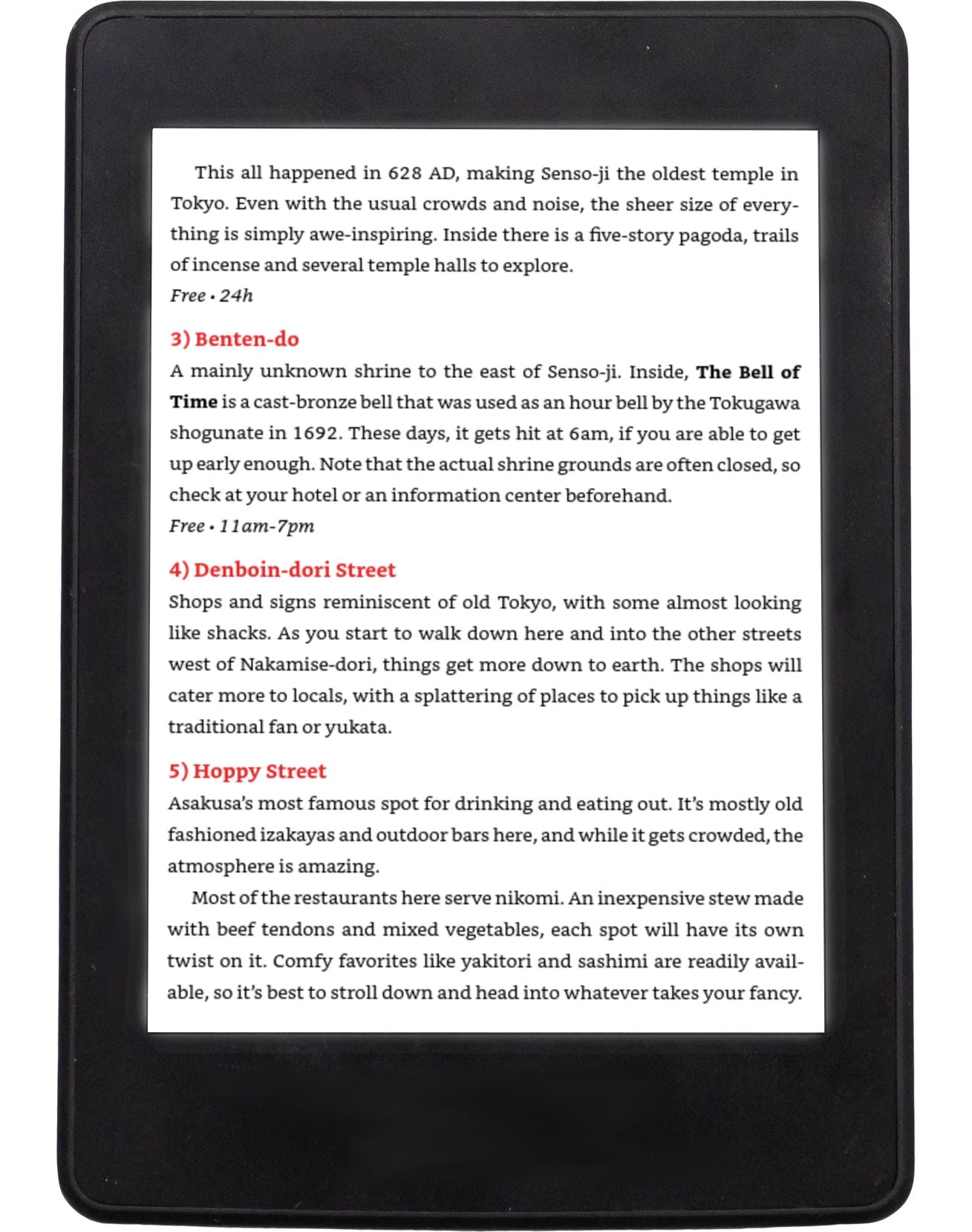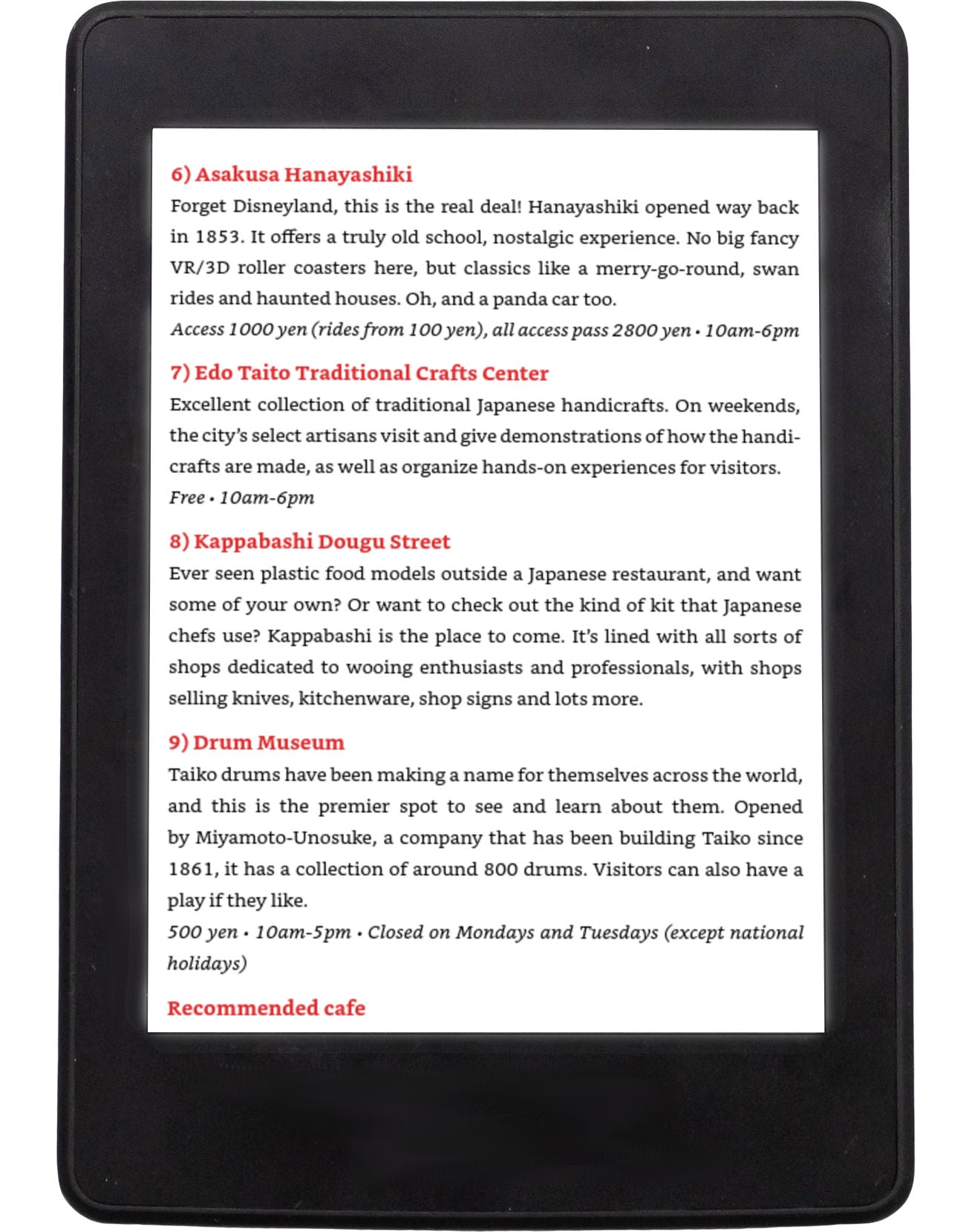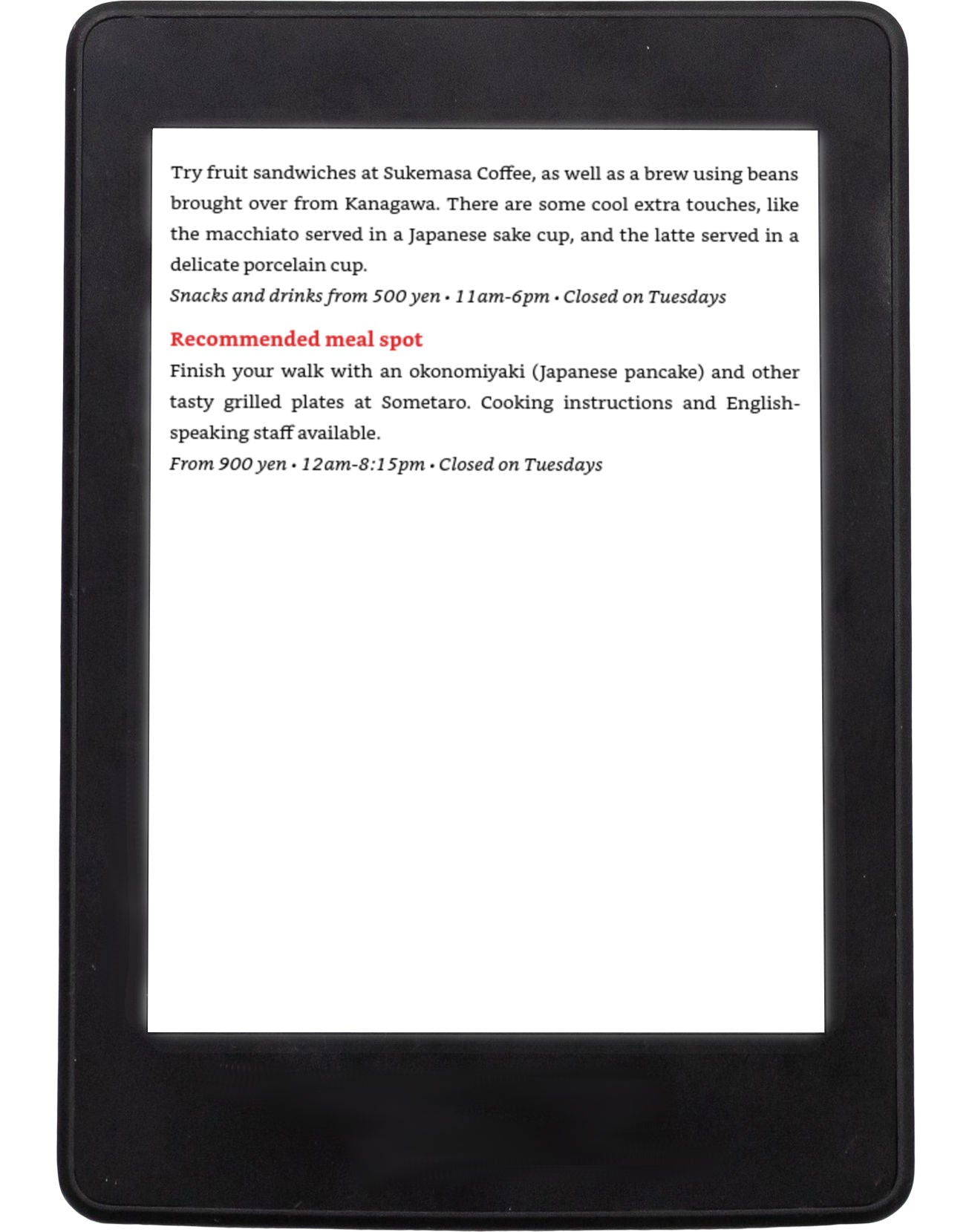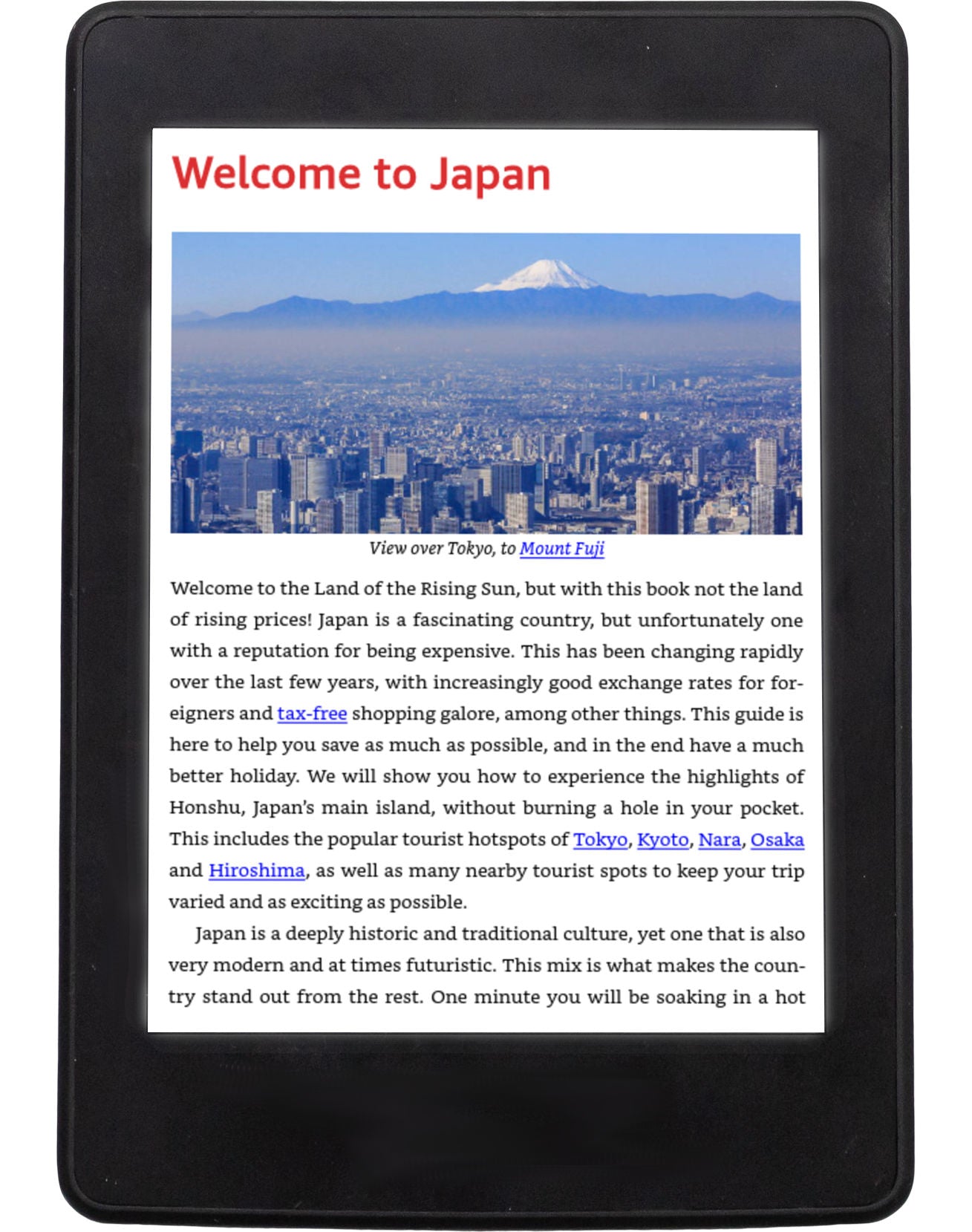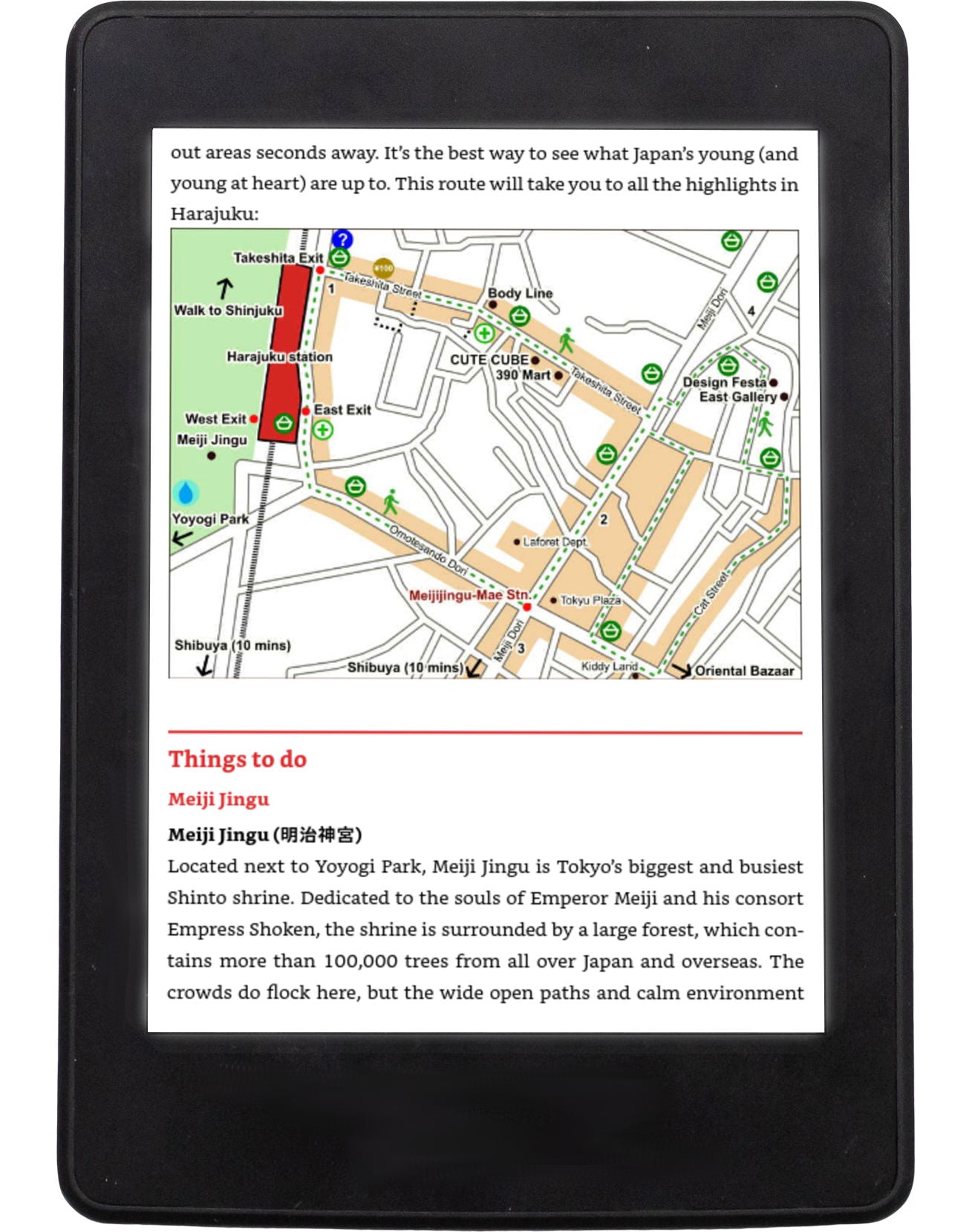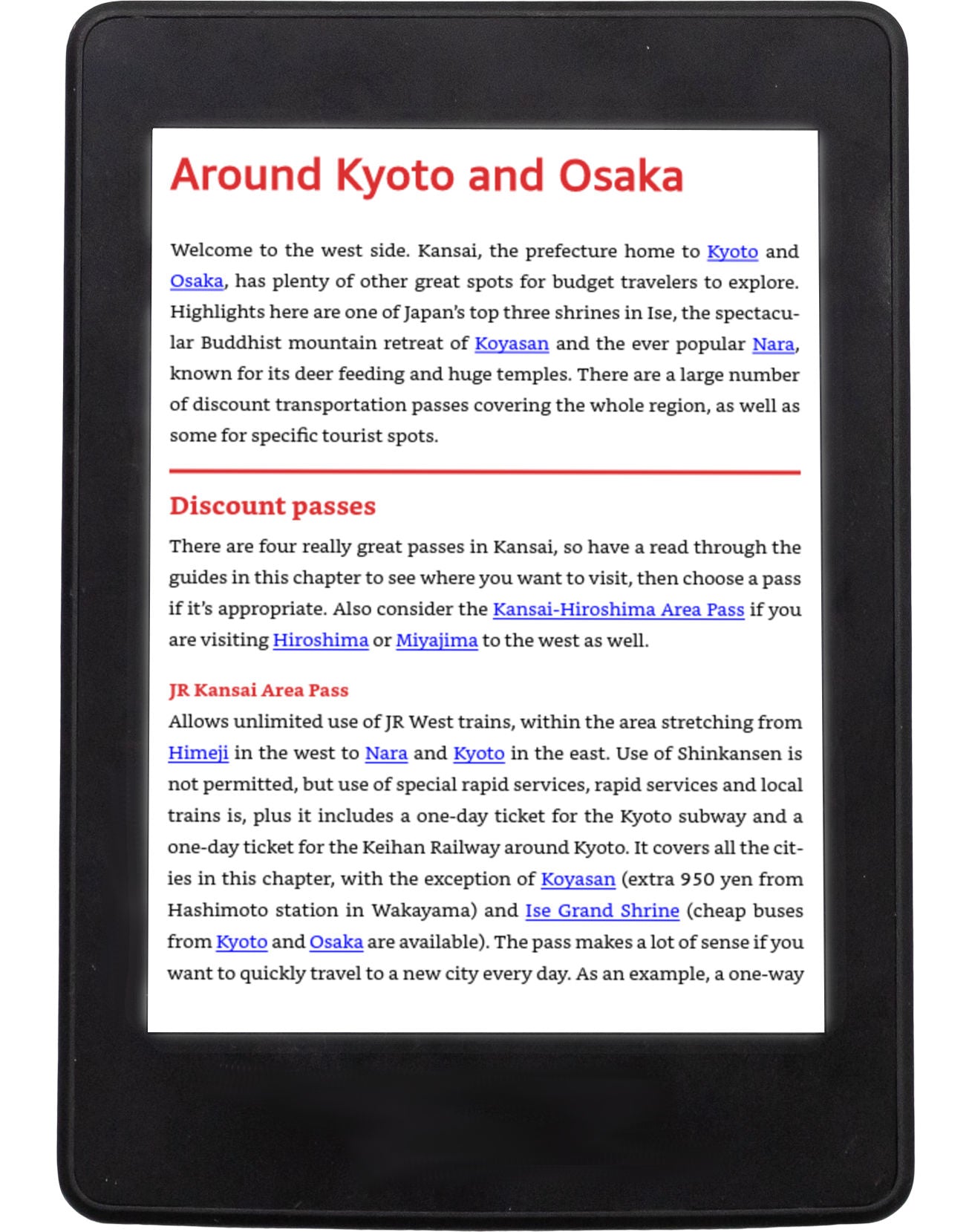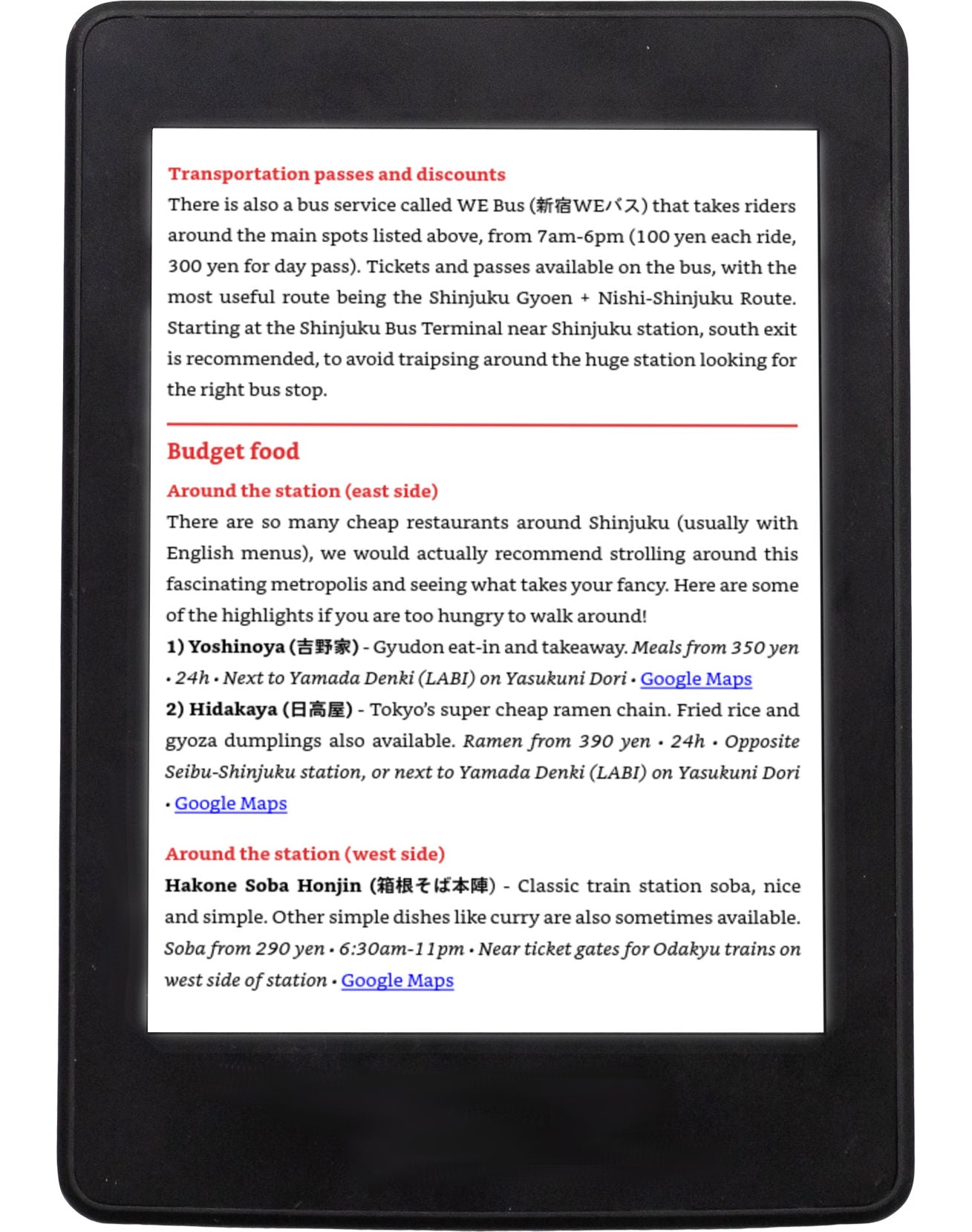Ultimate Japan Travel Guide Bundle (Ebooks)
Ultimate Japan Travel Guide Bundle (Ebooks)
Couldn't load pickup availability
Explore the best of Japan's main island and Hokkaido, then explore Tokyo like a pro with this amazing bundle.
Includes the following books:
Super Cheap Japan
The ultimate budget travel guide to Japan, full of the most useful, up-to-date information for a cheap holiday in Japan. With extensive tax-free shopping, crazily discounted train passes and an unbelievable exchange rate, there has never been a better time to visit. Unlike other guides, this book shows you exactly how, where and when you can save money. Go shopping for $4 clothes in Tokyo, enjoy inexpensive hikes in Nikko, or visit Kyoto’s beautiful shrines and gardens on the cheap; all with this super helpful guide!
Super Cheap Hokkaido
The perfect companion for a budget holiday to Sapporo and the surrounding Hokkaido prefecture. A follow-up to the bestselling Super Cheap Japan guidebook, this book will show you exactly how, where and when you can save money on your trip. Spend next to nothing drinking local beer in Sapporo, relax in free hot springs, spend a cheap day’s hiking in the mountains or stuff yourself on inexpensive, yet super fresh sushi and sashimi; it’s all here in this amazing travel guide.
Tokyo Outdoors
The only guide you’ll need to fully explore Tokyo and the surrounding Kanto region. On foot, by bicycle or hiking, this book not only takes you to the main tourist spots, but also countless off-the-beaten-track spots. From famous historical landmarks such as the Imperial Palace to modern attractions like the Tokyo Skytree, this travel book offers something for any kind of person, whether you’re a visitor to Japan or living in the capital.
Share
- Works on Kindle, Kobo, Nook and all ebook readers & apps
- Free updates of future editions
- DRM-free ePub (ebook) and PDF files provided
Book details
Book details
File types: ePub (DRM-Free) and PDF
Locations covered
Locations covered
Super Cheap Japan: Cherry blossom spots, Tokyo, Shinjuku, Shibuya, Harajuku, Koenji, Kichijoji, Meguro, Ebisu, Shimo-Kitazawa, Ueno, Yanaka, Ginza, Imperial Palace, Asakusa, Akihabara, Ryogoku, Odaiba, Tokyo fish markets, Todoroki Valley, Toyosu Fish Market, Tsukiji Outer Fish Market, Higo Hosokawa Garden, Sugamo, Yokohama, Nikko, Mount Fuji, Mount Takao, Hakone, Kamakura, Kawagoe, Omiya and Bonsai Village, Kyoto, Philosopher's Walk, Kinkaku-ji, Kiyomizu-dera, Nijo Castle, Fushimi Inari Taisha, Gion, Arashiyama, Kawaramachi, Shimogamo Shrine, Kamigamo Shrine, Osaka, Namba, Minoo Park, Shinsekai, Osaka Aquarium Kaiyukan, Sumiyoshi Taisha, Osaka Castle, Umeda, Nara, Kobe, Uji, Ise Grand Shrine, Koyasan, Hiroshima, Miyajima, Himeji, Okayama, Kurashiki, Bitchu-Takahashi, Shimanami Kaido
Super Cheap Hokkaido: Cherry blossom spots, Sapporo, Otaru, Niseko, Noboribetsu Onsen, Toyako Onsen, Hakodate, Onuma Park, Matsumae Castle, Daisetsuzan National Park, Asahikawa, Furano, Biei, Asahidake, Sounkyo Onsen, Fukiage Onsen, Akan Mashu National Park, Kushiro Marshlands, Lake Mashu, Kawayu Onsen, Shiretoko National Park, Shiretoko National Park, Abashiri
Tokyo Outdoors: Shibuya to Harajuku, Shibuya, Asakusa, Odaiba, Tokyo Station, Nishi-Shinjuku, Shin-Okubo, Shinjuku to Akasaka, Minato City, Daikanyama, Shinagawa, Haneda Airport, Oji to Oshiage, Ueno Park to Yanaka Ginza, Ueno and Nippori, Akihabara, Akasaka, Roppongi and the National Diet, Ikebukuro, Sugamo, Roppongi, Ginza, Tokyo Imperial Palace, Meguro River, Jiyugaoka, Nakano, Chofu, Tamagawa River, Ikegami, Koto City, Shibamata, Showa Kinen Park, Fussa, Oji to Itabashi, Machida, Yokohama, Yamate, Nikko, Kamakura, Enoshima, Karuizawa, Karuizawa's Apt Road, Hachioji (near Mount Takao), Mount Oyama, Boso Peninsula, Odawara, Izu Peninsula, Cherry blossoms (sakura) spots
File delivery
File delivery
For ebooks, you will get an email with a link to download the ebooks, or you can simply follow the quick instructions to send them to your preferred device.
How do I read the ebooks
How do I read the ebooks
You can read the ebooks on any e-reader (Amazon, Kobo, Nook), your tablet, phone, computer, and/or in the free Bookfunnel app.
